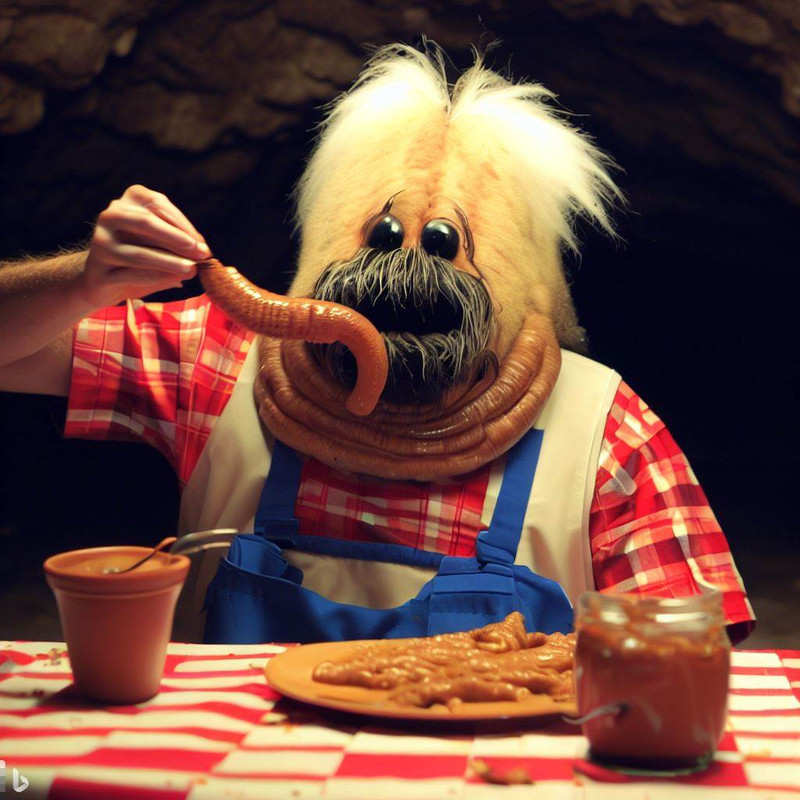I just spent a solid week using Generative Fill, and have it down pretty well now. Already use it for work, as well as play. It’s not without bugs (they have the “not permitted” error set too sensitive for one thing, and most of the errors make no sense. Even if you go near selecting a breast or groin area to retouch, it gives you a warning and stops generating…very frustrating).
But Generation Fill is only as good as you are with correct prompts, and just as importantly, good selections for the In-Painting touch-ups you want it to do. It can take many re-tries to get the results you want. The learning curve is worth it if you’re into graphics (as I am). Overall, it’s pretty amazing and I can’t wait for the updates.
Even more amazing is MidJourney (similar to Dall-e, but much better, IMHO). I’m spending this week learning MJ. I’m pretty gobsmacked at its potential already. I feel sorry for professional photographers, graphic designers, stock-photo companies, etc.—I believe their jobs will soon be in jeopardy. However, those that use it as a tool to enhance their talents, instead of using it to create a final product, should be OK, at least for a while.
What I’d like to see in the future is AI being used to tutor kids (and some adults). But, not just a tutor; a childhood friend, learning coach, and talent groomer, too:
Problem: Many humans don’t realize their true talents until it’s too late, if ever. For example, would folks like Mozart and Beethoven have become great if their talent wasn’t recognized at an early age, and been groomed from that point forward? How many “Mozarts” are there that never happened because they weren’t introduced to music and groomed from an early age? Many, I suspect.
Solution: Conscious AI (coming soon, I believe) tutors that are available to everyone (open-source). It should be available (and fine-tuned) for everyone from ~age 5 onward. It would be like the kid’s smart friend who teaches and monitors, steering the child in the directions he/she shows interest and talent.
AI should not take the place of parents, or human teachers and friends, because kids need social interaction with other humans, lest they become recluses. The AI should just be an addendum to their upbringing, not a replacement.
Even better would be having the AI tutor incorporated into Boston Dynamics-type robots. The robot will grow (in both mental capacity and physical stature) as the kid grows (upgrade to the next age-appropriate model, as needed).
To guard against only the rich being able to afford an AI robot for their kids, they should be government subsidized, the cost based on family income (like the .gov health insurance marketplace). Otherwise, the have-and-have-not divide will only worsen.
Let’s not allow AI to outperform us in virtually every category of job description (something it will have no problem accomplishing soon). Let’s instead use it as a tool to make us better.
